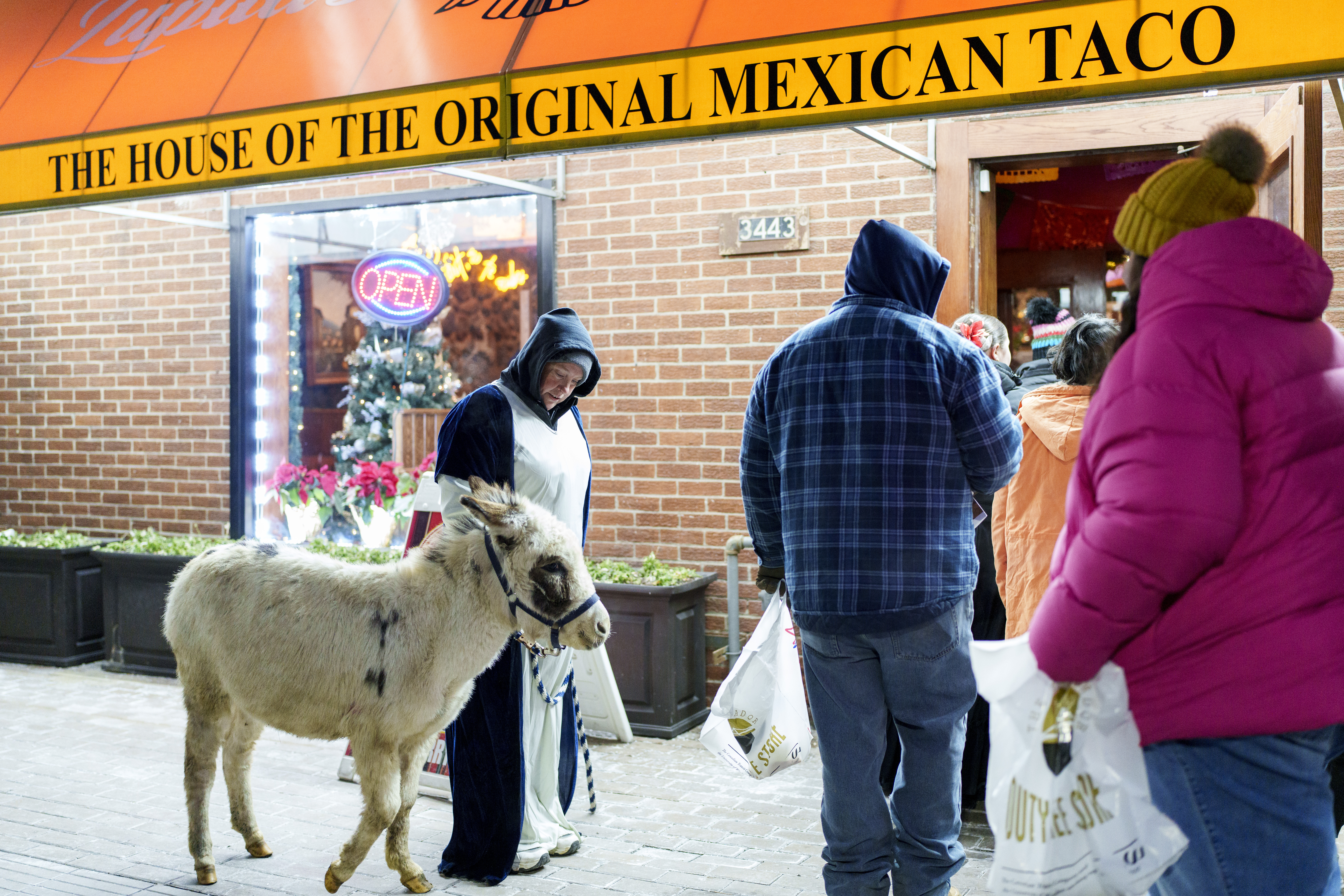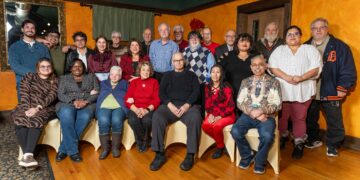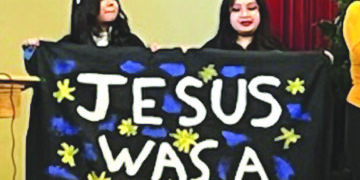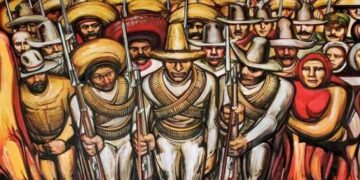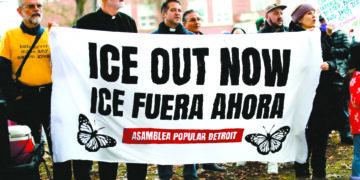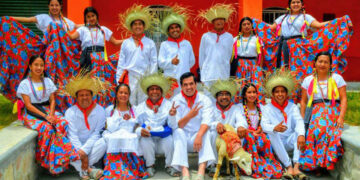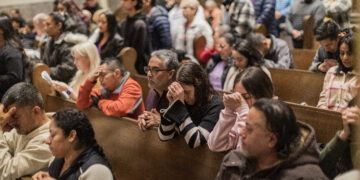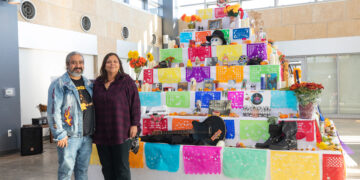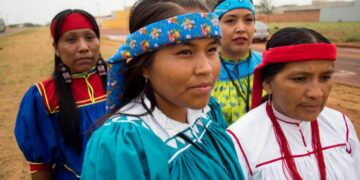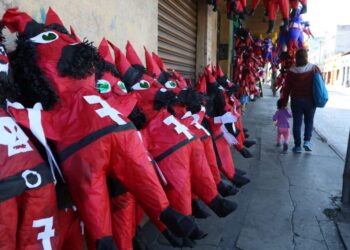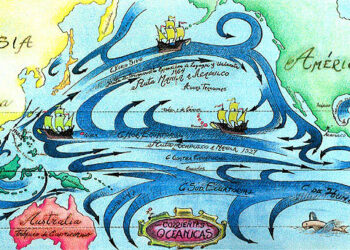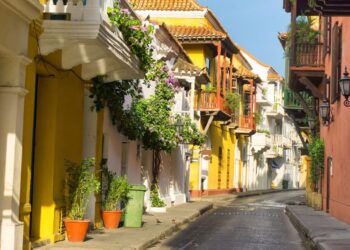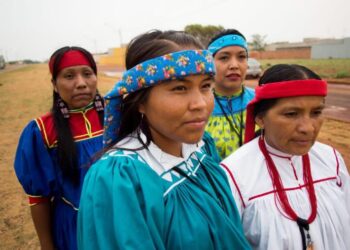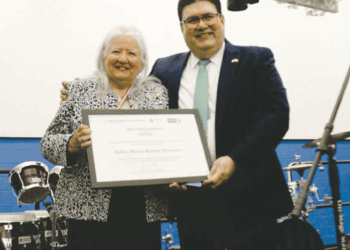The Guelaguetza is the most important dance in the state of Oaxaca, which comes from the Zapotec language Guendalizaa: Offering, Sharing, Giving. This dance is celebrated year after year during the month of July and unites the cultural diversity of the State of Oaxaca, in Mexico.
It is important to take into account that this festival has its pre-Hispanic origins in the celebrations to the Goddess Centéotl, goddess of corn, the celebrations were to offer and ask for prosperity, abundance during the months of the harvest.
In the time of the Spanish viceroyalty (the colony), the Guelaguetza festival was joined with those to the Virgin of Carmen, so the celebrations became linked to the Catholic ones.
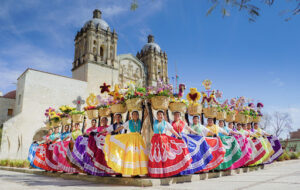
During the celebration of Guelaguetza in July, the eight regions of Oaxaca that represent the main peoples and cultures of the state, come together: Chinantecs, Cuicatecos, Amuzgos, Chocholtecos, Chatinos, Chontales, Ixcatecos, Mazatecos, Mixes, Mixtecs, Nahuatlacas, Tacuates, Triquis, Afro-Mexicans, Ikoots and Zapotecs.
The festivity begins with a dance that refers to the legend of Princess Donají, daughter of the Zapotec king Cosijoeza of Zaachila.
It is said that when Donají was born, a priest from Mitla predicted by deciphering the sign in the sky that she would sacrifice herself for love. Thus, in one of the confrontations between the Mixtec and Zapotec people, the Mixtecs asked that Princess Donají be handed over to them in peace.
When Donají arrived at the Mixtec palace, she was entrusted with caring for the Mixtec prince Nucano, who had been wounded in battle. Donají cared for him with devotion, and they both fell in love. However, Donají noticed that the friction continued and, fearing that her life was at risk, asked her father to rescue her. Unfortunately, during the rescue, Princess Donají was killed. Prince Nucano, in honor of his beloved, from that moment on treated the Zapotec people with respect and benevolence.
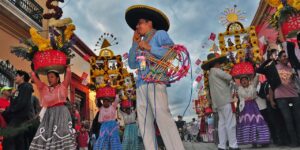
Today, the Guelaguetza festival not only involves the traditional dances of each of the towns where their embroidery is displayed, but also shows and honors other aspects that characterize the great diversity of Oaxaca with its culinary wealth. It is important to note that the city of Oaxaca de Juárez is highly known for its artistic production, where workshops for plastic arts, engraving, textiles, dance and writing are found throughout the city. It is, therefore, a way of understanding the city’s tendency to inspire society.
La Guelaguetza
La Guelaguetza es el baile más importante del estado de Oaxaca, que viene de la lengua Zapoteca Guendalizaa: Ofrendar, Compartir, Regalar. Este baile se celebra año con año durante el mes de julio y une la diversidad cultural del Estado de Oaxaca, en México.
Es importante tomar en cuenta que esta fiesta tiene sus orígenes prehispánicos en las celebraciones a la Diosa Centéotl, diosa del maíz, los festejos eran para ofrendar y pedir prosperidad, abundancia durante los meses de la cosecha.
En la época del virreinato español (la colonia), la festividad de la Guelaguetza se unió con aquellas para la virgen del Carmen, así fue que las celebraciones quedaron vinculadas con los festejos católicos.

Durante la celebración de la Guelaguetza en julio se unen las ocho regiones de Oaxaca que representan los principales pueblos y culturas del estado: chinantecos, cuicatecos, amuzgos, chocholtecos, chatinos, chontales, ixcatecos, mazatecos, mixes, mixtecos, nahuatlacas, tacuates, triquis, afromexicanos, ikoots y zapotecos.
La festividad inicia con la danza que remite a la leyenda de la princesa Donají, hija del rey zapoteca Cosijoeza de Zaachila.
Cuentan que cuando Donají nació un sacerdote de Mitla vaticinó al descifrar el signo en el cielo que ella se sacrificaría por amor. Así, en uno de los enfrentamientos entre el pueblo mixteco y zapoteco, los mixtecos pidieron que se les entregara a la princesa Donají en son de paz.
Al llegar Donají al palacio de los mixtecos, se le encomendó que ella se dedicara los cuidados del príncipe mixteco Nucano, quien había quedado herido en la batalla. Donají lo cuidó con devoción, quedando ambos enamorados. Sin embargo, Donají notó que las fricciones continuaban y temiendo que su vida estuviese en riesgo, pidió a su padre la rescatara. Lamentablemente durante el rescate, la princesa Donají fue asesinada, el príncipe Nucano, en honor a su amada, a partir de ese momento trató al pueblo Zapoteca con respeto y benevolencia.

En la actualidad, la festividad de la Guelaguetza no sólo implica las danzas tradicionales de cada uno de los pueblos donde se lucen sus bordados, sino que también se da muestra y honor a otros aspectos que caracterizan la gran diversidad de Oaxaca con su riqueza culinaria.
Es importante tomar en cuenta la ciudad de Oaxaca de Juárez es altamente conocida por su producción artística, donde talleres de artes plásticas, grabado, textiles, danza y escritura se encuentran por toda la ciudad. Es, pues, una forma de entender la tendencia de la ciudad por inspirar a la sociedad.

